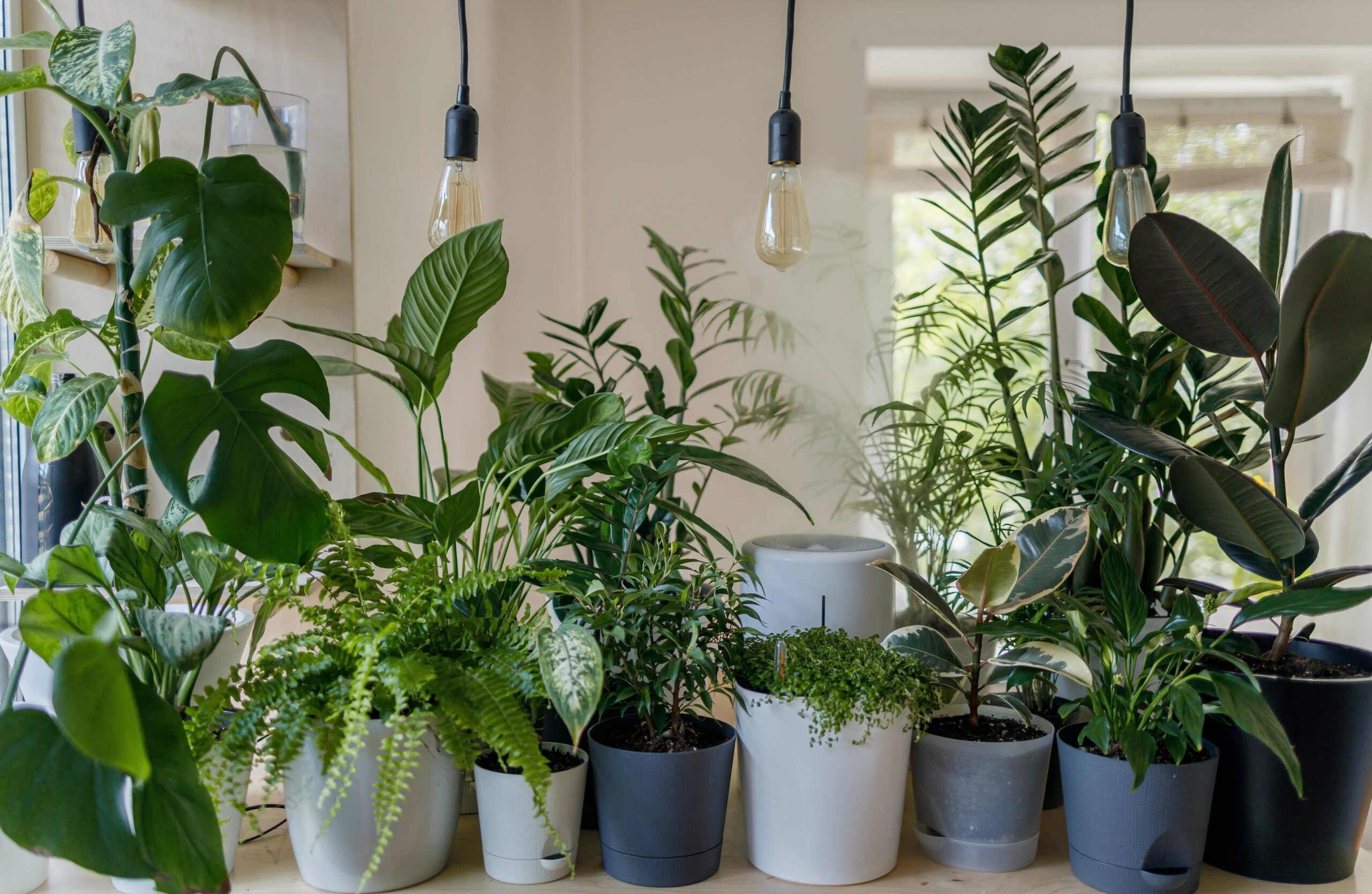Your cart is currently empty!

Preparing Indoor Plants For Winter

Winter is the time when houseplants slow down their growth and require less care than they do during the spring and summer months. However, they still need a little attention to survive the colder weather and get ready for next year.
Preparing plants for the winter involves making some simple but important changes to their care. This includes protecting them from temperature highs and lows, dry indoor air, and lower light levels.
Temperature
Winter temperatures can cause a lot of stress for your indoor plants, especially those used to somewhat stable conditions. Plants don’t like sudden drops or rises in temperature, so keep them away from radiators and cold drafts from doors and windows.
Besides keeping them warm, it’s important to provide sufficient light for your plants to thrive during the winter months. Ideally, you want to position your indoor plants near south or west-facing windows that get more natural sunlight throughout the day.
Aside from that, you need to make sure that your indoor plants are not exposed to too much or too little water during this time. It’s best to turn your indoor plants one-quarter turn every time you water them, so that all sides receive sun exposure.
The ideal temperature range for most houseplants is 60-85 degrees Fahrenheit. However, different plants have differing needs, so it’s best to read up on their specific guidelines before adjusting the thermostat.
Light
As days get shorter, indoor plants need more light to keep them healthy and vibrant. To get the most out of their light, move them closer to windows or add grow lights if possible.
The decrease in sunlight also makes it more important to clean windows and open them regularly. This can help prevent dust from building up and reducing light.
‘Also make sure that your window sills are clean so that the plant gets plenty of air, which they need to survive in winter,’ advises Morag.
A lot of indoor plants are tropical so prefer humidity over the dry air of a central heating system, so mist them on a regular basis.
Houseplants can become vulnerable to pest infestations as they go through their dormant period, so be vigilant and check for signs of chewed up leaves or other damage. Keeping them well fed and watered will also help.
Water
Winter can be a tough time for plants. Not only do they have to deal with extreme temperatures, but they also experience winter stress – such as changes in humidity and light levels – that affect them differently than during the summer.
Watering your indoor plants is one of the most important things you can do for them during this time of year. However, it’s important to make sure that you don’t overwater them.
Generally speaking, it’s best to water your plants heavily once they’re thirsty then allow the soil to dry out completely between waterings. This helps to keep the roots from becoming soaked and weak.
There are several ways to water your indoor plants, including using a garden hose, a sprinkler system, and a drip irrigation system. You can also buy water globes and water spikes to regulate how much water your plants get. But whichever method you choose, it’s best to remember to water at the same time every day, or at least once a week.
Fertilize
Whether you have year-round houseplants or those you brought indoors for the winter, it’s important to prepare them for their new home. Many plants don’t do well in the cold, and even the best ones can suffer from dry air or drafts.
The key to keeping your indoor plant happy and healthy is ensuring they get the right amount of water and nutrients. A little liquid fertiliser once a month will help them get through winter and set them up for spring growth.
As the days shorten and the sun is less visible, it’s also essential to maximise the light your plants receive by moving them to windows that receive sunlight from multiple directions. It’s also a good idea to give your plants a clean up, clearing away any dust that may have gathered on their leaves. This will allow them to absorb more light and be better able to photosynthesize.
by
Tags: